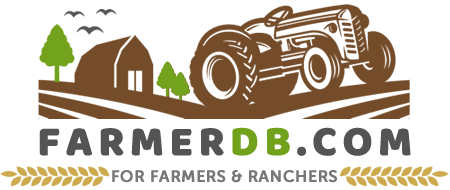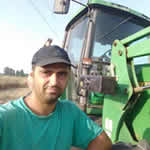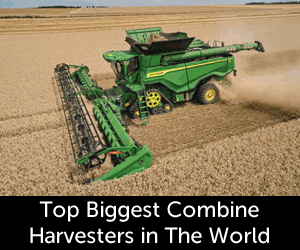Having raised cattle for years, I know firsthand that preventing feed waste is a challenge that every farmer faces sooner or later.
Hay and feed waste can be a year-round concern, but it becomes even more prominent during colder months.
Winter brings added pressure to manage feed efficiently, as grazing options disappear, energy demands increase, and the costs of maintaining cattle rise significantly.
From my experience, animals, especially cattle, are naturally messy. It often feels like they’re determined to waste feed no matter how much effort you put into prevention.
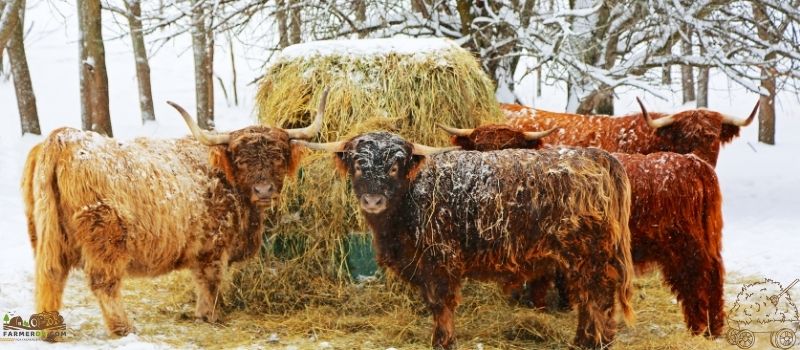
Cattle have a peculiar habit of digging through a bale, almost as if searching for some imaginary “best bite,” leaving the rest scattered, trampled, or soiled. This behavior, coupled with external factors like weather and storage conditions, makes feed management a critical focus for any cattle operation.
Whatever methods you choose to manage feed waste, it’s important to set realistic goals. The aim should be to minimize waste to less than 10%, as there will always be some unavoidable loss.
Over the years, I’ve found some strategies that work better than others, and I’ll share those here, starting with the feeding equipment that has worked best for me.
Contents
Optimize Feeding Methods
Using proper feeding equipment can significantly reduce hay and feed waste. Over the years, I’ve found that specific types of hay racks and feeders work better than others.
Hay Racks
In my experience, hay racks have been one of the best tools to reduce waste. They keep hay elevated and contained, preventing it from being trampled or soiled.
Racks are especially effective for smaller herds where hay consumption is easier to manage.
- Advantages: Keeps hay off the ground, reduces trampling, and makes it easy for cattle to access.
- Disadvantages: Can be more expensive upfront and requires regular maintenance to keep in good condition.
Hay Cradles
These are designed to hold bales off the ground and prevent them from being scattered.
- Advantages: Excellent at minimizing ground waste, easy to load, and accessible for cattle.
- Disadvantages: Hay cradles might not work well for larger herds or where bales need to be replaced frequently.
Hay Rings
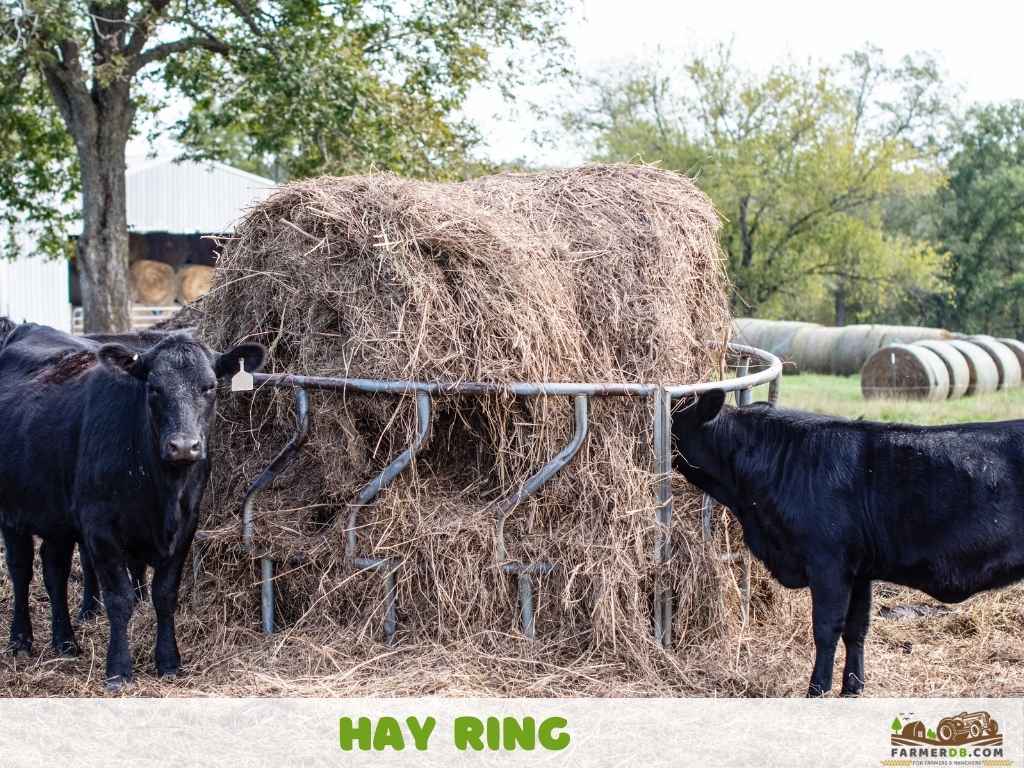
Circular feeders that surround a hay bale. They are commonly used because they’re simple and affordable.
- Advantages: Prevent cattle from stepping on the hay, reducing trampling and spoilage. Rings are also durable and cost-effective.
- Disadvantages: Some designs allow cattle to pull out hay, which can still result in some wastage. They may also require frequent repositioning.
When selecting a feeder, it’s essential to consider the size of your herd, your budget, and how much time you can dedicate to maintenance.
Some farmers have also shared success using custom-built feeders or adapting commercial models to suit their needs. Exploring these options can be worthwhile, depending on your operation.
Additional Tips
In addition to equipment, I’ve found other practical strategies that can significantly reduce waste:
- Feed Less, More Frequently: Providing smaller amounts of hay multiple times a day encourages cattle to eat what’s given before it can be wasted. This method has helped me ensure that hay isn’t trampled or soiled. It also keeps cattle focused on eating rather than playing with the hay.
- Use Square Bales: I’ve noticed that square bales result in less waste compared to large round bales. They are easier to portion and can be fed more precisely, reducing the risk of excess hay being left uneaten.
- Limit Feeding Time: Allowing cattle access to feed for a set period ensures they focus on eating instead of playing or scattering the hay. This practice has reduced waste in my operation significantly.
- Smaller Bales: These create less waste than larger ones, as they’re consumed faster and are less likely to be trampled.
- Provide More Feeding Spaces: Having enough feeder spaces for all animals in the herd reduces competition and waste. When cattle aren’t crowding or fighting for access, they tend to waste less.
- Feed Them When Hungry: Timing matters. I’ve found that feeding cattle when they’re genuinely hungry leads to better consumption rates and less wasted hay.
- Feed Only What They Can Eat in a Day: Avoid overloading feeders. Only put out as much hay as your cattle will eat in a single day, and wait until they’ve cleaned it up before offering more. This prevents hay from sitting too long and becoming spoiled or trampled.
There are many additional steps you can take to further reduce feed waste and optimize your operation.
Store Hay Properly
Hay should always be stored in a barn, shed, or under a tarp to shield it from the damaging effects of rain, snow, and direct sunlight.
Keeping bales elevated on pallets or platforms prevents moisture from the ground from seeping into the hay, which can lead to mold or rot.
To avoid spoilage, older hay should be used first by implementing a rotation system that ensures older stock is fed before newer bales.
Match Rations to Nutritional Needs
Feeding cattle according to their specific nutritional requirements helps prevent overfeeding or underfeeding, both of which can lead to waste.
- Group Cattle by Nutritional Needs: Separate cattle based on age, weight, and production stage (lactating cows, dry cows, or growing calves). This allows you to feed each group the appropriate type and amount of feed.
- Use Feed Supplements Wisely: Supplements can balance nutritional gaps in hay. Ensure they are used effectively to complement the main feed rather than replacing it.
- Monitor Body Condition: Regularly assess your cattle’s body condition to ensure they are receiving the right amount of nutrients.
Prevent Feed Spoilage
Feed spoilage can lead to significant losses, especially in colder seasons when snow and moisture can quickly degrade hay and grains.
- Protect Feed from Moisture: Store grain and other feed in sealed containers or bins to keep it dry and safe from pests.
- Feed Fresh Hay: Avoid feeding cattle hay that has been left exposed to snow or rain for long periods.
- Old Feed: Regularly clean feeding areas to remove spoiled or uneaten hay and prevent the spread of bacteria or mold.
Reduce Feed Loss During Transport
Transporting hay and feed efficiently ensures that minimal amounts are lost before they reach the cattle.
- Use Proper Equipment: Secure hay bales with net wrap or twine during transport to prevent them from breaking apart.
- Minimize Handling: Reduce the number of times hay is moved or handled to lower the risk of losses from breakage.
- Plan Transport Carefully: Avoid transporting feed during extreme weather conditions that could damage or degrade it.
Monitor and Adjust Feeding Practices
Finally, regularly evaluating your feeding practices can help identify areas for improvement.
As each farm is unique, finding the combination of strategies that works best for your herd is essential for long-term efficiency and sustainability.
- Track Feed Usage: Keep records of how much hay and feed you provide versus how much is left uneaten. This can help identify inefficiencies.
- Watch Cattle Behavior: Observe how your cattle interact with feeders and adjust placement or design if you notice excessive waste.
- Stay Educated: Keep up-to-date with best practices and innovations in cattle feeding to continuously improve your operation.
Do you have any experience with the topic discussed here?
Would you like to improve the information shared and contribute your practical knowledge on the subject?
Your real-world experience as a farmer or rancher could greatly benefit other members, and the community would deeply appreciate your contribution.
